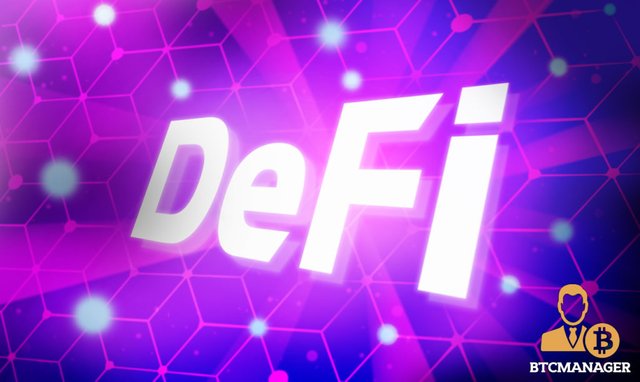 Ignited by the emergence of digital assets and blockchain networks, Wall Street and the world’s financial markets are in the midst of a revolution, whether they realize it or not. Legacy institutions are in a race against the clock to adapt and integrate this new technology before it completely disrupts an industry valued in the quadrillions of dollars annually.
Ignited by the emergence of digital assets and blockchain networks, Wall Street and the world’s financial markets are in the midst of a revolution, whether they realize it or not. Legacy institutions are in a race against the clock to adapt and integrate this new technology before it completely disrupts an industry valued in the quadrillions of dollars annually.
Disintermediating the Financial Sector
The reality is that the traditional financial market operates as an oligopoly. A relatively small number of large-size banks, asset managers, high-frequency traders, and brokers maintain dominant market share by taking advantage of trading opportunities and relationships that smaller firms, and the wider public, have very little access to.
This privileged position allows these intermediaries to leverage the reduced visibility of other participants to charge fees on both sides of transactions while controlling price information. As there is little incentive to streamline the infrastructure that enables this status quo, huge inefficiency across global financial markets adds to these costs and leads to suboptimal transaction times.
Blockchain technology has the potential to not only deliver an infrastructure that can save banks, brokers, and customers outside this oligopoly billions, but provide the type of trustless and open networks needed for all participants to compete on a level playing field as part of a truly free market.
Blockchain can facilitate faster payments with lower fees than traditional banking allows. Operational costs can be reduced by delivering real-time settlement of transactions rather than archaic clearinghouse systems that are open to settlement risk. It also provides new models of fundraising, unbundling access to capital from traditional gatekeepers.
Moreover, blockchain allows for the tokenization of asset classes from stocks to bonds, forex, and commodities, creating far more efficient and interoperable markets. It also removes gatekeepers from the lending market, providing a secure alternative to borrowing money at much lower rates. Finally, it facilitates greater transparency for all participants and makes it easier and safer to share information between financial institutions in real-time.
Onomy’s Solutions to Traditional Market Inefficiencies
Onomy Protocol seeks to adjust this skewed balance between participation in traditional markets, removing barriers, opening up accessibility, and providing both retail and institutional users with a more transparent, efficient, composable, and interoperable infrastructure, well suited for moving the $6.6T per day Forex market on-chain.
Onomy Protocol thereby proposes a reserve-based migration of traditional financial markets to blockchain infrastructure. It provides a base layer protocol to mint crypto-collateralized tokenized representations of fiat currencies, called Denoms, as a non-custodial bridge between CeFi and DeFi. Onomy allows users to mint, trade, lend, and pay with stablecoins, operating as a decentralized reserve bank that fractionally collateralizes itself.
Using cross-chain aggregation, the Onomy platform taps into the liquidity of the entire DeFi market through interoperable bridges, not just that of one network, allowing assets to be transferred efficiently between blockchains in real-time and at scale. Through its initial products, the Onomy Network blockchain will operate in an interoperable manner, facilitating Denom payments within the Ethereum, Cardano, Avalanche, Polkadot, OKchain, and Cosmos blockchains.
As part of its unique market position, Onomy Protocol prioritizes a user experience that combines functionality with usability, leading to the development of Natural Rights, a non-custodial private key management solution, the Onomy Market Protocol, a hybrid Automated Market Maker/Order Book decentralized exchange (DEX), and Equity, a consensus protocol that fairly orders transactions, enabling incredible transaction throughput and high frequency trading. Backed by staking rewards that incentivize participants to help secure the network, Onomy is setting out to become the de facto bridge between traditional and decentralized finance, breaking down legacy market costs and inefficiencies.
The Great Finance Migration
The great finance migration is underway. Onomy Protocol is one example of the critical infrastructure needed by traditional finance to securely adopt and successfully operate through and beyond this transition.
Using stablecoins, banks will be able to support trade between countries in the CeFi world seamlessly. Onomy’s cross-chain liquidity aggregation on the DeFi side allows assets to be moved more efficiently between blockchains, meaning banks can trade native stablecoins pegged to the value of real world currencies, regardless of the finality time on the origin chains, in real-time.
This next-generation infrastructure builds upon previous generations of blockchain technology while opening up accessibility for retail and institutional users to full interoperability between CeFi and DeFi.